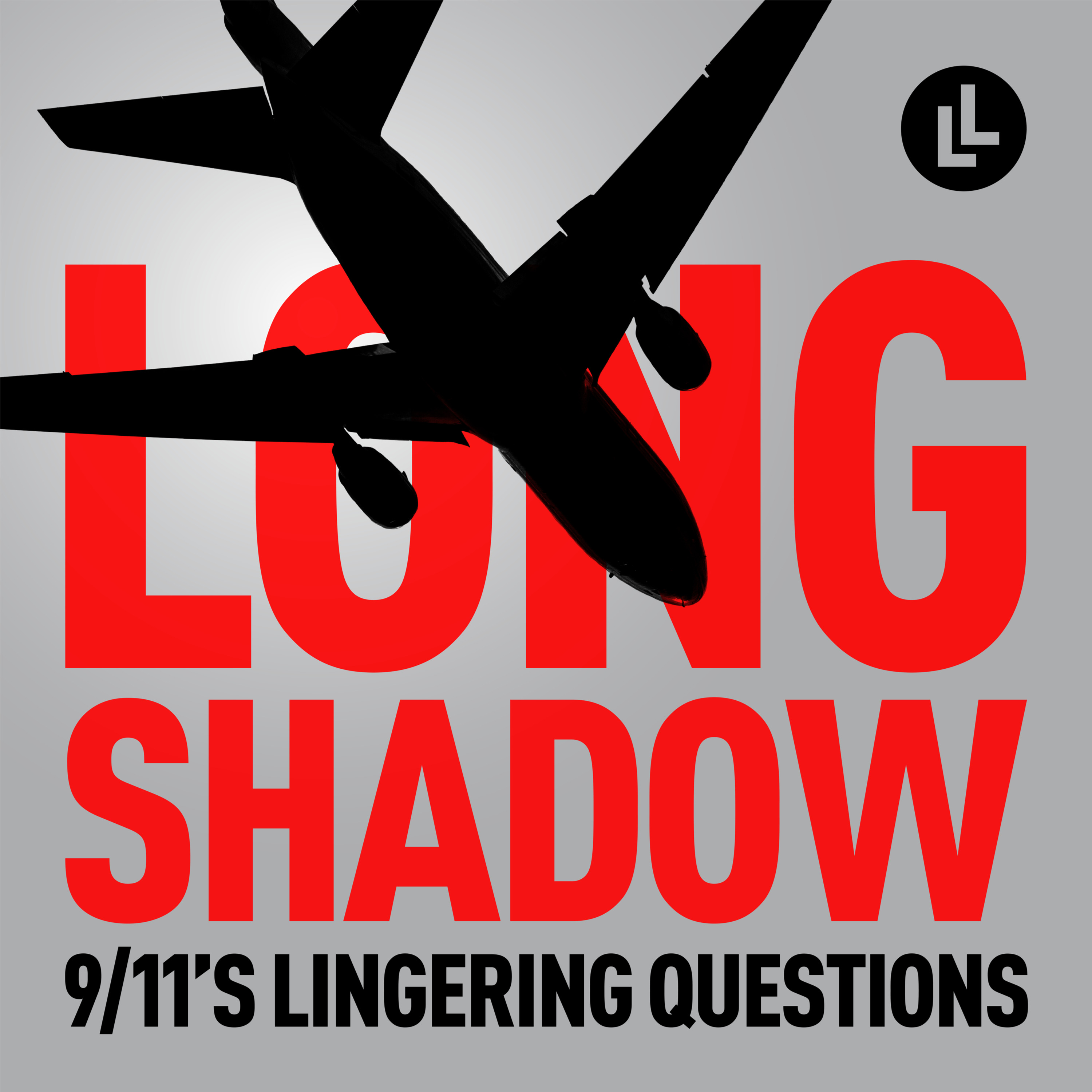
Long Shadow
<p>The April 1999 massacre at Columbine High School hurtled the United States into an era of mass shootings. Now, a quarter century later, the horrors of that day have become an almost regular facet of American life, and gun violence a record-smashing epidemic. Clad in both camouflage and Kevlar, 21st-century America is a bastion of freedom where workplaces require active shooter protocols, schools run lockdown drills, and the Second Amendment has become a religion unto itself.</p><p>Guns are a uniquely American problem, but the U.S. wasn’t always like this. LONG SHADOW: IN GUNS WE TRUST explores the story of the people — some names you'll know, some you won't — who changed the way America relates to guns, for better or worse. This season, host Garrett Graff, in collaboration with The Trace, chronicles how firearms moved from being an ordinary part of the background of rural life to a menacing element of modern American life.</p><p>Crackling with rich archival tape and riveting eyewitness and expert interviews, this narrative podcast examines threads of history that are vitally relevant to our current political climate. In LONG SHADOW’s first season, Graff, a Pulitzer-finalist and a best-selling author and historian, examined the lingering questions of 9/11, the worst terrorist attack on U.S. soil. Season two chronicled how bloody tragedies at the hands of federal agents led to the rise of American far-right extremism and ultimately the January 6 insurrection. Season three will help listeners understand how simply carrying firearms has become its own act of defiance, and how a very specific, carefully manufactured fear has driven explosive demand for guns across America. How did we get here? Subscribe and listen to LONG SHADOW to find out.</p><p>LONG SHADOW: IN GUNS WE TRUST is produced by <a href="https://www.longlead.com"><strong>Long Lead</strong></a> and <a href="https://www.campsidemedia.com"><strong>Campside Media</strong></a> in collaboration with <a href="https://www.thetrace.org"><strong>The Trace</strong></a>, and is distributed by <a href="https://www.prx.org"><strong>PRX</strong></a>.</p>